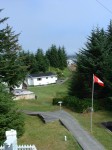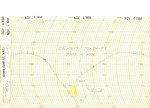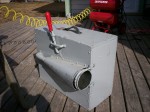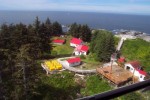

Let’s face it, nobody likes moving. All the packing, loading, carrying, lifting, unpacking. There’s probably nothing more unpleasant to go through, even when you’re moving to a better place and looking forward to moving in.
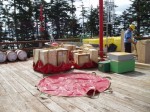

But try compounding that with the almost insurmountable obstacle of living on an island. Not just any island, but a remote island with no ship docking facilities, and no aircraft facilities beyond a helicopter pad. That’s
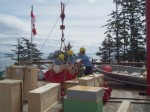
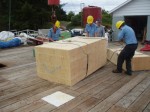
exactly what a
friend of mine was doing here. Glenn is a member of the Canadian Coast Guard, and was at the time the principal lighthouse keeper at McInnes Island Lightstation, but had received orders for a change of station. Check out these aerial views of the island he lived on. (photos #1 & #2)
Yeah, you just thought moving was a pain. Glenn provided me with a little photo-essay to show us what he went through, and I decided to share it with you. The thoughts and sentiments are his, and the photos illustrate the story well. Continue reading You Just Thought Moving Was a Pain!



